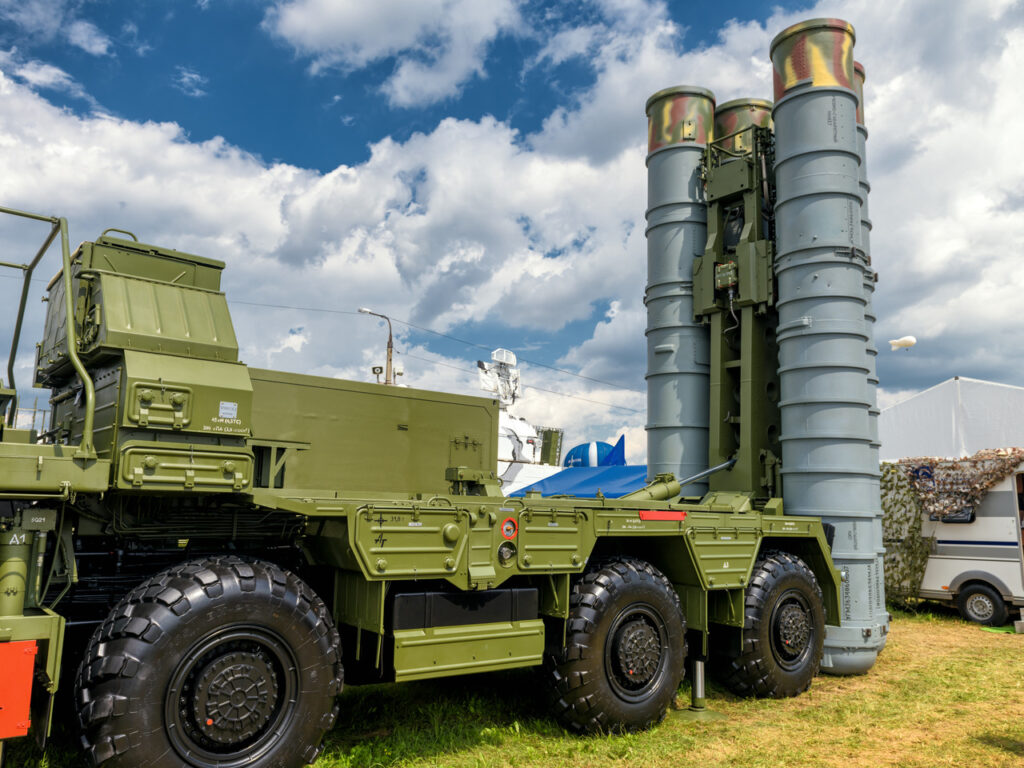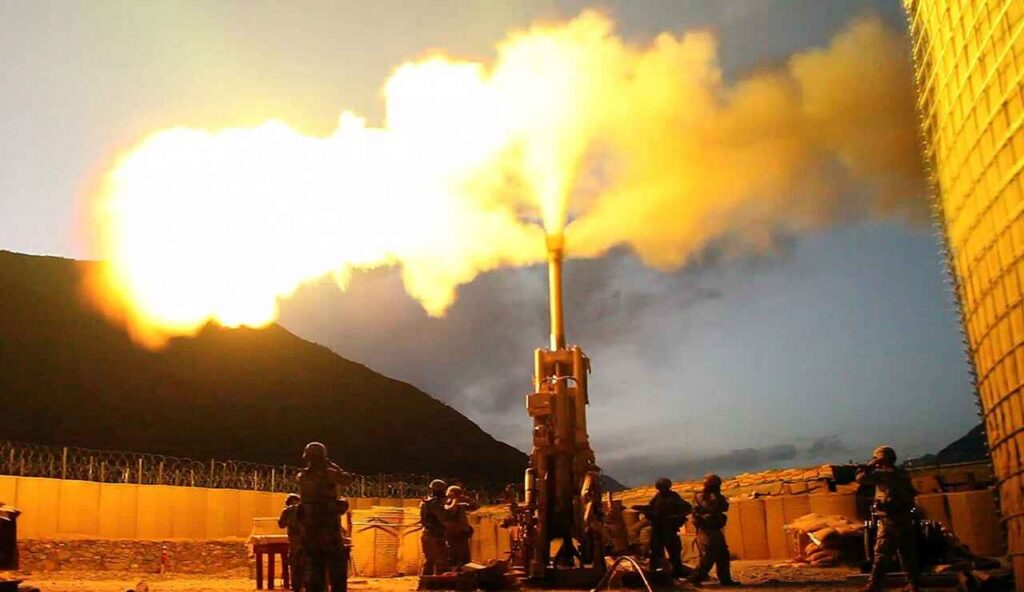
A Self-Cleaning AK-47? How the AK-47 Rumor Mill Keeps Going Strong.
Here’s What You Need to Remember: The notion of a “self-cleaning” firearm was something that has been touted about for decades – probably because soldiers simply hate cleaning their weapons, even if guns that aren’t cleaned regularly are very prone to jamming. When the M-16 first arrived in Vietnam it was promoted as a self-cleaning rifle – despite that it did, in fact, need regular cleaning.
Today it is among the most famous guns in the world, but until it was used by the Soviet Red Army during the Budapest uprising in 1956, few Western small arms experts had ever seen one even in a news report. It was the AK-47 – and more than 100,000 million were produced. The AK-47 has been used in conflicts around the world, it has been seen in countless movies and TV shows, wielded in thousands of video games and has been the focus of rap and heavy metal songs – in order words, it has become a cultural phenomenon.
Yet there are some serious misconceptions about the AK-47, and no shortage of myths.
The biggest of all may be “who” exactly designed it and whether it was really such an “original” design. The official story has always been that Mikhail Kalashnikov, who served as a tank mechanic in the Soviet Red Army during the Second World War, while recovering from combat wounds, took the time to read up on manuals and began on his own to design weapons. This eventually led to the development of the AK-47.
Such a story certainly makes for good propaganda but in recent years it has been questioned.
The AK-47 was, and still is, a very effective assault rifle – a weapon that fires an intermediate cartridge that is smaller than a rifle cartridge but larger and more powerful than a pistol cartridge. But it wasn’t the first, and that honor goes to the German StG44, which bears more than a passing resemblance to the AK-47. Over the years, there has been a serious back and forth as to how closely-related the weapons actually are.
Externally, the AK and StG44 are quite similar, but internally there are notable differences in the operation. It is also true that each weapon has distinct firing mechanisms as well as assembly/disassembly configurations. Simply put, the AK is in no way a direct copy of the German weapon. It is a myth to suggest that the AK-47 is simply a Soviet version of the StG44.
Yet, it is as much a myth to suggest that the self-taught Kalashnikov designed the AK-47 on his own. Gun designers rarely start from nothing, and this has been true since the development of gunpowder. Each new weapon built on past designs, and this is certainly true of the AK-47, which really wasn’t the first Soviet assault rifle either.
The “avtomat” – the Russian term for assault rifles with select-fire including automatic fire modes – were under development during World War II, and designer Alexei Sudaev developed the first avtomat in 1943. Kalashnikov took that concept and built on it, but even then he didn’t do it alone.
He worked with a team of designers and engineers.
Then there is the fact that Hugo Schmeisser, who did in fact help develop the StG44, worked in the Russian city of Izhevsk after World War II. It is largely understood today that he at least played no small role in the AK-47’s development.
Perhaps the biggest myth is that the AK-47 is so robust it will work in any environment.
The notion of a “self-cleaning” firearm was something that has been touted about for decades – probably because soldiers simply hate cleaning their weapons, even if guns that aren’t cleaned regularly are very prone to jamming. When the M-16 first arrived in Vietnam it was promoted as a self-cleaning rifle – despite that it did, in fact, need regular cleaning. Eventually, proper cleaning procedures along with cleaning kits helped rectify that problem.
The same myth of “self-cleaning” holds true with the AK-47, and while the weapon can work in harsh conditions, if it isn’t maintained it will quickly become as effective a wood and metal club.
Peter Suciu is a Michigan-based writer who has contributed to more than four dozen magazines, newspapers and website. He is the author of several books on military headgear including A Gallery of Military Headdress, which is available on Amazon.com. This article is being republished due to reader interest.
Image: Reuters.
More From The National Interest:
Russia Has Missing Nuclear Weapons Sitting on the Ocean Floor


